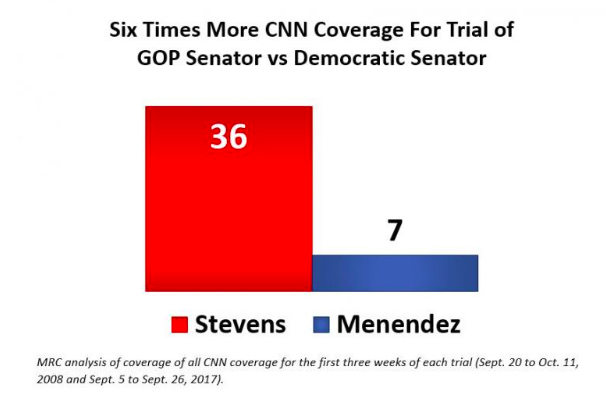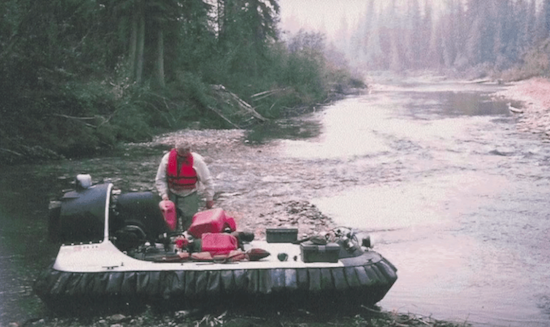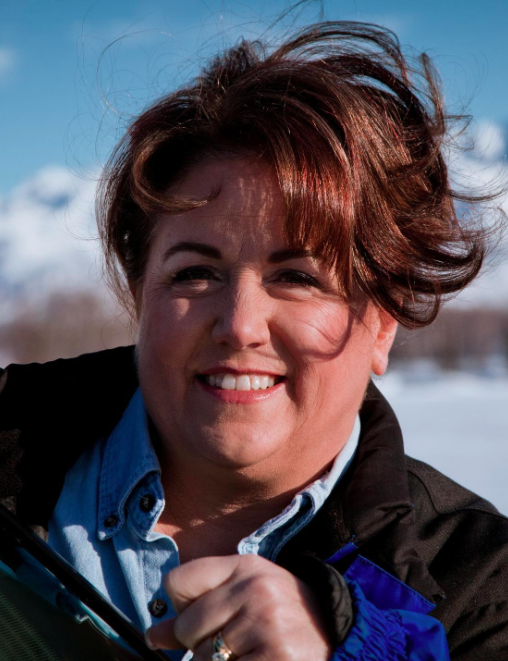The Media Research Center, an organization that exposes liberal media bias, says CNN has not reported the corruption trial of Democrat Sen. Bob Menendez, N.J., with the same fervor it covered the trial of Republican Sen. Ted Stevens of Alaska in 2008.
Sen. Stevens was the focus of nearly daily coverage by CNN, which at times updated its reports several times each day.
In the first three weeks of the Stevens trial, (Sept. 20 to Oct. 11, 2008), CNN aired 36 stories about Stevens.
The Menendez trial was updated just seven times during his trial, (Sept. 5-26, 2017) – a six-to-one disparity, the center reports.
Were other big stories competing for attention during either of these trials? The center says both trials had breaking news competing for time in equal measure.
Were the charges similar? The center says the charges against Menendez are more severe. Stevens was accused of failing to report a gift in the form of renovations to his Girdwood home, but there was no accusation of quid-pro-quo bribery.
Menendez is accused of receiving multiple gifts over a decade and responding with political favors in a sordid lifestyle involving private jets, lush resorts in the Caribbean, and luxury hotels in Paris. Menendez helped get visas for the girlfriends of his close friend and co-defendant, Salomon Melgen, who is one of his major donors, and who was involved in massive Medicare fraud.

Stevens was convicted just eight days before the 2008 general election, which cost him his bid for a seventh term. He lost narrowly to Mark Begich, who in turn lost to current Sen. Dan Sullivan in 2014.
Stevens’ conviction was later thrown out when it became known that prosecutors had rigged the outcome by withholding information that contradicted their case. Many have maintained that the case against Stevens was politically motivated from within the Justice Department. He died in a plane crash in Alaska on Aug. 9, 2010.
At the end of his senatorial career, Stevens was the longest-serving Republican senator in U.S. history, (later surpassed in tenure by Orrin Hatch-Utah) and was instrumental in Alaska’s path to Statehood.








